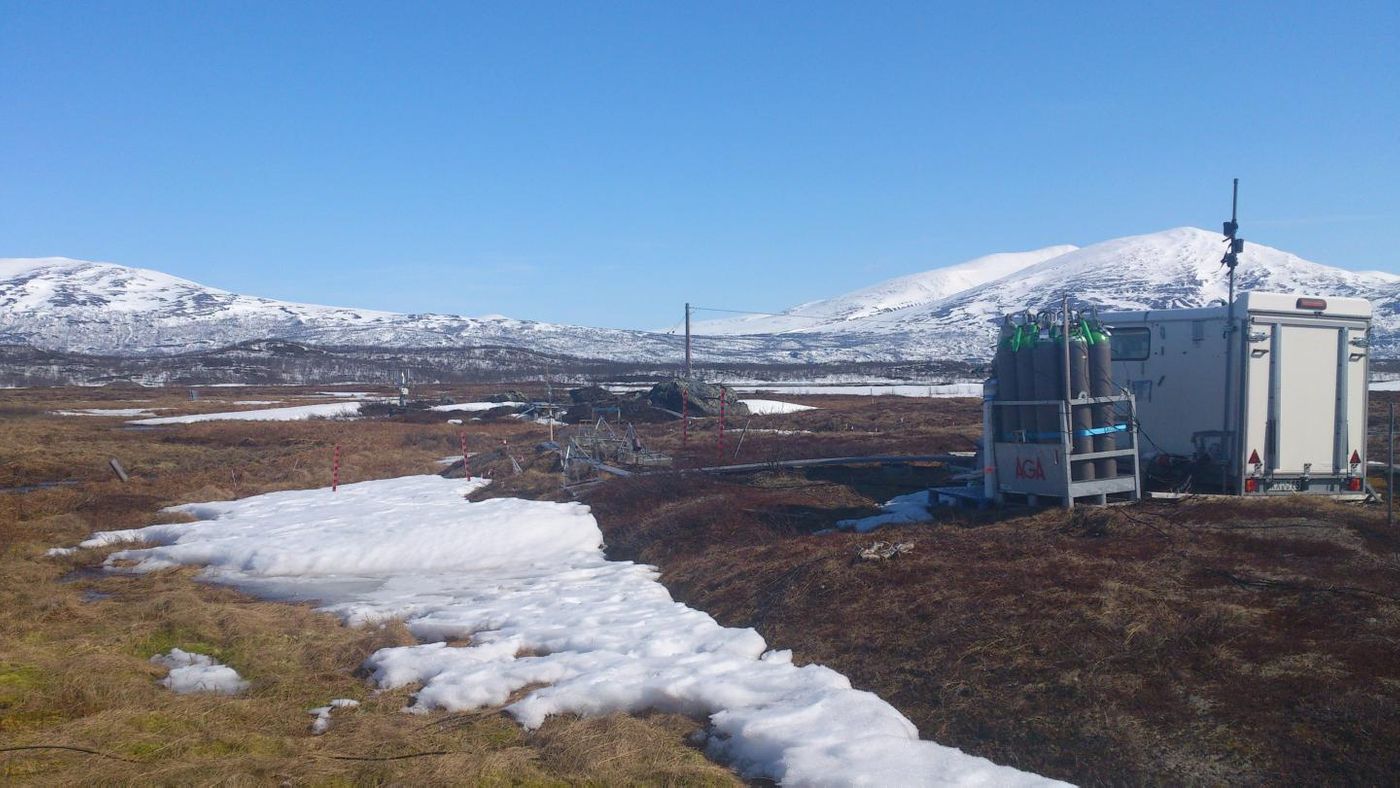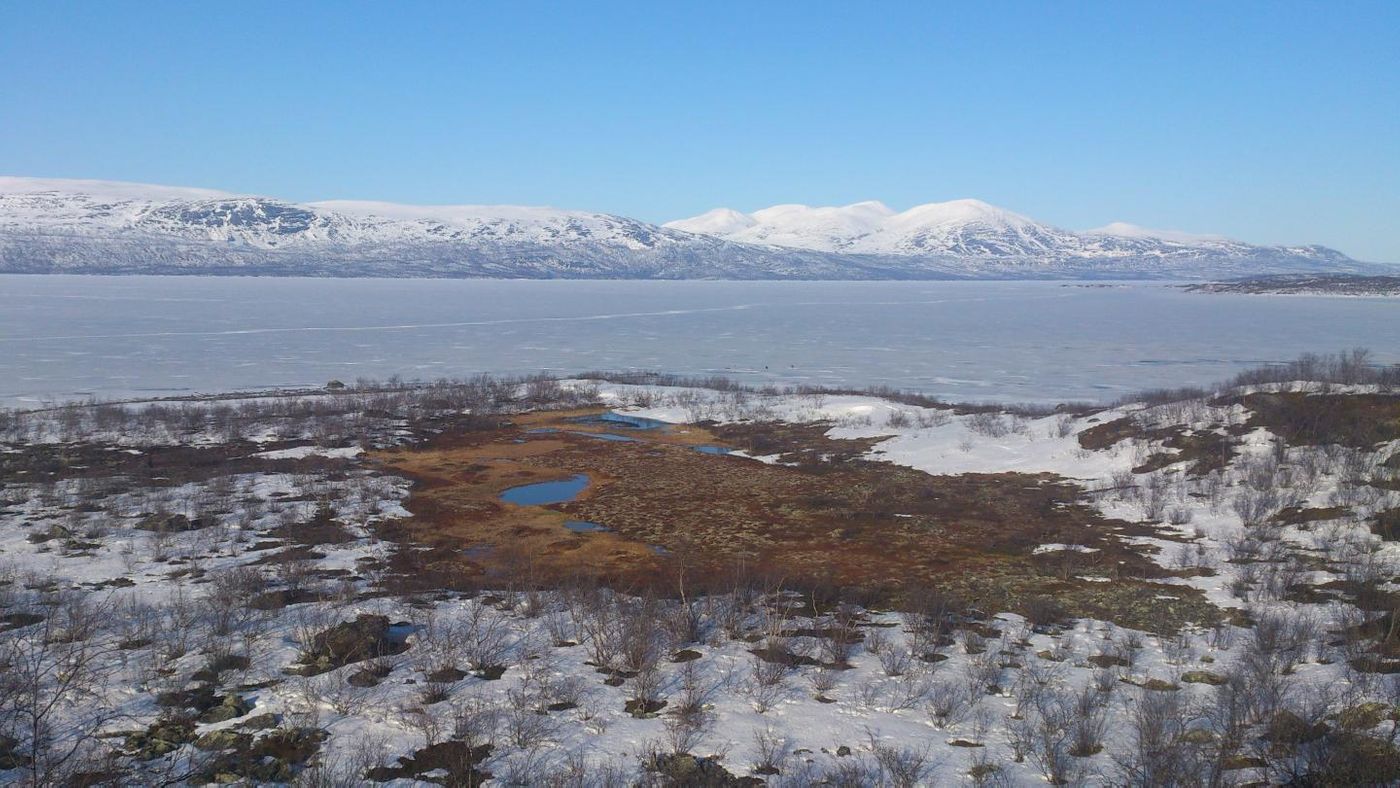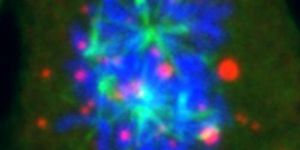Understanding how Microbes Will Accelerate Climate Change
Two new papers have looked at how microorganisms might affect, or be affected by climate change. As permafrost, the frozen soil in the polar regions starts to thaw out, it releases methane and carbon. That carbon is a tasty treat to microbes, which can eat it up and then release more carbon or methane as a consequence. Methane has a far greater impact on climate change than carbon does as well.
"Because of global climate change, huge amounts of permafrost are rapidly warming. To microbes, they're like freezers full of juicy chicken dinners that are thawing out," explained Virginia Rich, an assistant professor of microbiology at Ohio State.
"In many cases, microbes take advantage of this situation to chew up what's in the permafrost and breathe out methane. That methane really packs an environmental wallop, with 33 times the climate warming power of carbon dioxide,” she added. Rich is one author of a report in Nature that was published along with related papers in Nature Microbiology and ISME Journal about the relationship between thawing permafrost and microbial communities.
To try to learn more about how the microbes will process available carbon, the researchers aimed to identify some of the members of those communities. Using samples taken from permafrost, advanced genomic techniques identified 1500 microbial genomes that were previously unknown. In some cases, new strains were found to be contributing to the production of greenhouse gases.
"As global temperatures rise, large amounts of carbon sequestered in perennially frozen permafrost are becoming available for microbial degradation," said study co-author Dr. Ben Woodcroft.
"Until now, accurate prediction of greenhouse gas emissions produced from thawing permafrost has been limited by our understanding of permafrost microbial communities and their carbon metabolisms."
It is thought that permafrost stores around fifty percent of carbon trapped in the earth’s soil.
"The Intergovernmental Panel on Climate Change report estimated that between 30 and 99 percent of near-surface permafrost could disappear by 2100," said study author and graduate student Caitlin Singleton. "Northern permafrost wetlands contribute a significant portion of global methane emissions, particularly as collapsing permafrost can create the perfect anaerobic conditions for methane-producing microorganisms (methanogens), and their metabolic partners, to thrive."
The researchers are not only looking at bacteria. They are also assessing viruses. "While we've learned a lot about ocean viruses in recent decades, we know next to nothing about soil viruses," noted Matt Sullivan, a professor of microbiology at Ohio State and senior author of the Nature Microbiology study. "This work's viruses are so novel that they have doubled the total known viruses in the world."
The news report above discusses how thawing permafrost exposes new bacteria that produce carbon dioxide to the environment.
Sources: AAAS/Eurekalert!, University of Queensland, Ohio State University, Nature, Nature Microbiology










